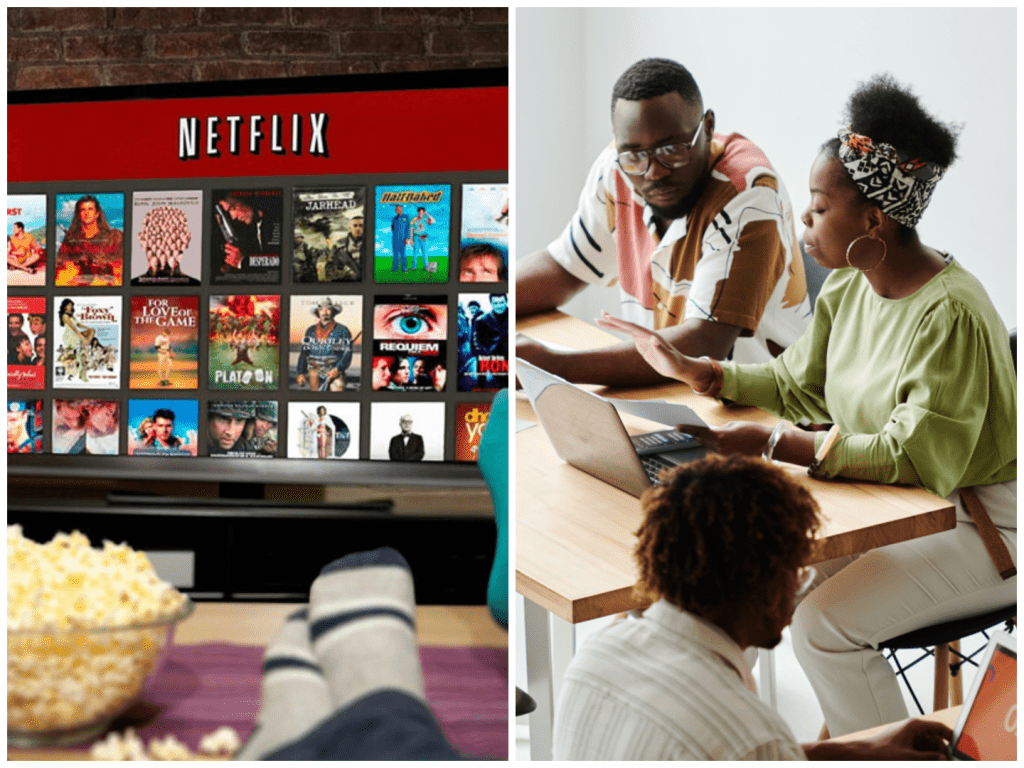The Canadian Government Has Blocked Netflix on Federal Networks After Discovering Employees Were Streaming During Work Hours—Here’s What Actually Happened
It’s one of those stories that sounds like a joke until you realize it’s not. In what may be one of the most uniquely modern workplace controversies, the Canadian federal government has officially blocked access to Netflix—and several other major streaming platforms—on all federal networks. The reason? Too many government employees were apparently watching shows during work hours. It’s not satire. It’s not a meme. It’s a real policy decision that now affects tens of thousands of workers across Canada.

The move was put into effect by Shared Services Canada, the department responsible for overseeing IT infrastructure across 45 government agencies. And while their official statement framed the decision as a technical policy—stating that streaming services have “no business value”—the internal memos tell a more interesting story. This wasn’t just about bandwidth. It was about people. About perception. About public trust in how time and resources are used in government offices.
Documents obtained by media outlets revealed that this streaming ban was actually categorized as a “people-management issue.” In other words, it wasn’t the size of the downloads that sparked concern—it was the optics. Shared Services Canada President Scott Jones was reportedly worried that even minor use of these platforms could send the wrong message to Canadian taxpayers. That public servants might be perceived as lounging at their desks watching movies while Canadians wait in line at passport offices or sit on hold with CRA.
That anxiety wasn’t entirely unfounded. In September 2024 alone, federal departments like National Defence and Public Services and Procurement Canada logged nearly 3 terabytes of streaming data each. That translates to roughly 3,000 hours of standard-definition video per department in a single month. Others, like Global Affairs and Fisheries and Oceans Canada, weren’t far behind. Guest Wi-Fi networks—accessible to visitors and possibly staff using their personal devices—accounted for another 10 terabytes of use. That’s a lot of content. Enough to suggest that this wasn’t a one-off problem or a case of one or two rogue employees. Streaming had become part of the workday for a significant number of people.
But here’s where the nuance kicks in. Critics of the ban argue that the numbers, while large in scale, aren’t necessarily damning when broken down. Spread across thousands of employees, 3 terabytes could mean as little as 15 or 20 minutes of video per person per day—maybe during lunch breaks, quiet moments between meetings, or long days in front of a screen. After all, workplaces around the world have been reshaping their rules since the pandemic, embracing flexibility, recognizing the blurred lines between personal and professional life. If someone decompresses with a quick episode of a sitcom while eating at their desk, is that really so different from chatting in the break room?

Still, the government wasn’t willing to take the risk. Public perception, especially in a time of tight budgets and political tension, matters more than ever. There’s a fear that even the appearance of waste or distraction could be used as ammunition in larger debates about bureaucracy, efficiency, and government spending. And so the ban came down. Netflix, Disney+, Hulu, Crave, Prime Video, and Apple TV+ were all added to the blacklist—effectively cut off from every network managed by Shared Services Canada.
For federal employees, the decision came with mixed reactions. Some saw it as a wake-up call. A reminder that their digital habits were being monitored and that their time, even their downtime, wasn’t entirely their own. Others felt blindsided. They argued that no one had communicated clear expectations about streaming before—and that banning platforms outright felt heavy-handed. A few joked online that they would simply switch to mobile data or watch from home. In an age where content is available on nearly every device, cutting off a single connection doesn’t necessarily stop the behavior—it just pushes it elsewhere.
But what’s most interesting is what this story reveals about the modern workplace. We’ve come to expect entertainment everywhere. We carry our shows with us in our pockets, queue up new episodes while folding laundry, and let YouTube play quietly in the background while working on spreadsheets. It’s part of how we live, and for many, part of how they stay sane in high-pressure environments. The idea that streaming equals laziness feels outdated to some. But for others—especially those watching government agencies from the outside—it’s a matter of accountability.
The government’s move also touches on something deeper: the growing tension between productivity and presence. In an office culture where being physically at your desk is sometimes valued more than what you’re actually doing, a few minutes of Netflix might look worse than it is. But does banning platforms fix that issue, or does it just create new ones? Could better communication, clearer boundaries, and a little more trust have gone further?
No one’s arguing that people should spend their workday binge-watching. But this situation isn’t really about that. It’s about navigating what it means to be a worker in 2025. About how technology, trust, and perception collide in spaces that still feel stuck between old-school rules and new-world expectations.
For now, the ban remains in place. There are no indications of it being lifted or modified. Whether it leads to more discipline, better focus, or simply more personal hotspots being used remains to be seen. What is clear, though, is that the workplace is evolving faster than the policies designed to manage it. And this story—funny, surprising, a little absurd—sits right at the center of that shift.


